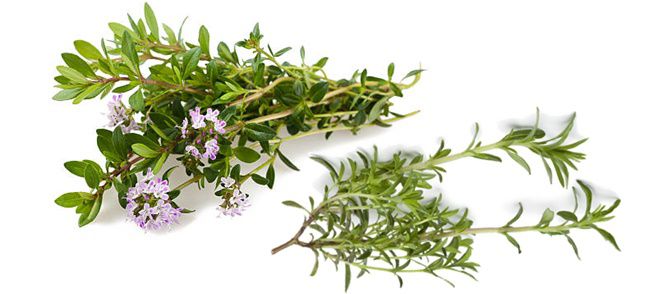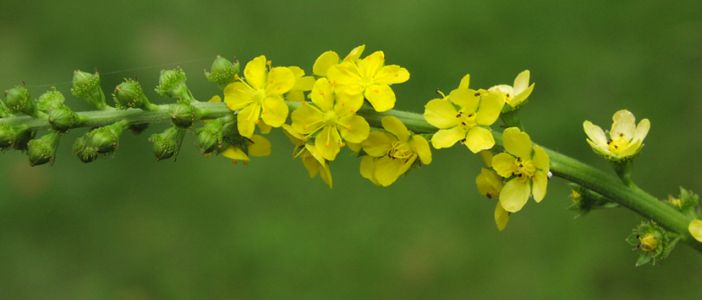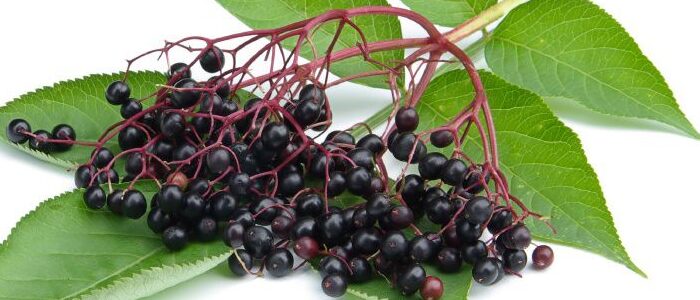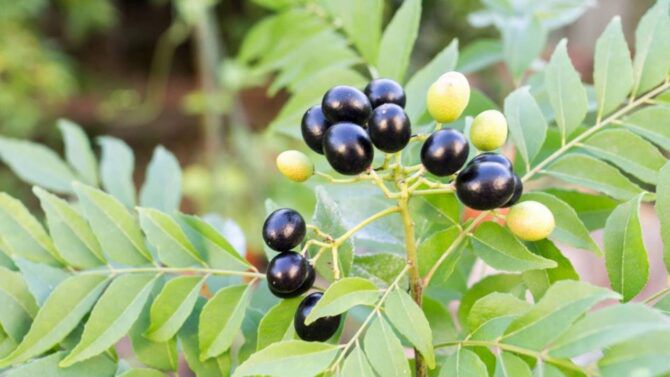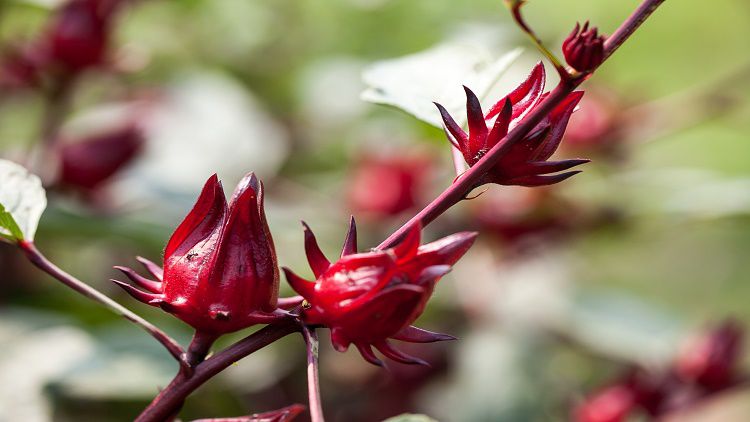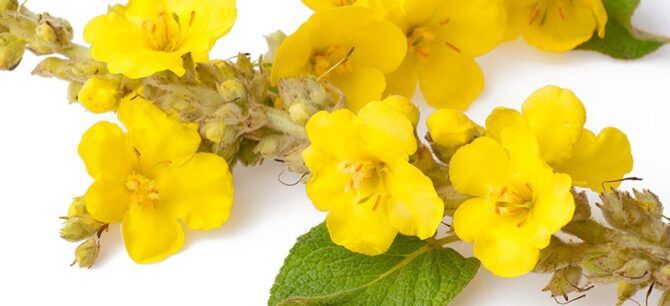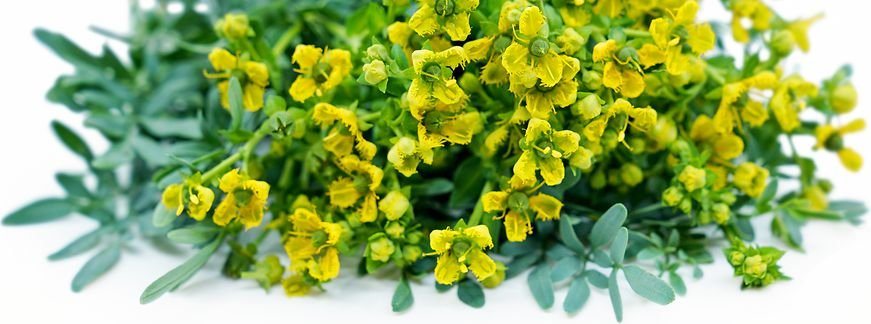Herbs & Medicinal Plants
Growing Savory
Growing Savory from seed to harvest. Savory is a culinary herb native to southern Europe and the Mediterranean region where it has been used in food preparation for more than 2,000 years. Savory was the strongest spice available in Europe until black pepper became available from Asia.
There are two main varieties of Savory herb, namely Winter Savory (Satureja montana) and Summer Savory (Satureja hortensis). Winter savory is a perennial herb and it is much stronger in flavor than summer savory, which is an annual herb . Winter Savoty also looks different than summer savory. Both have notes of marjoram, thyme, and mint. Apart from these two main savory varieties, you can also grow Lemon Savory, a perennial herb that has a lemon aroma and flavor.
Growing Savory from Seed
- Sow Savory Seeds indoors 4 to 6 weeks before your last frost, sowing lightly on the surface of trays containing a prepared starting medium. Don’t cover them with soil, as they need light to germinate.
- You should notice seeds sprouting in 10-14 days.
- Keep the soil moist but not wet.
- When the seedlings have at least four sets of true leaves, transplant to containers or the herb garden – provided there’s no risk of frost. Handle gently to reduce transplant shock.
Maintaining Savory plants
- Savory require regular even watering until established. Once savory is established it can be kept on the dry side. Allow the soil to dry out between watering deeply bi-weekly. For container plants, water when the top inch of soil is dry.
- Summer savory can tolerate heat but not cold. Winter Savory go dormant in very cold winters and can lose many of their mature leaves along the stem tips. But new growth quickly appears on the bare stems once longer days and warmer temperatures return.
- Winter Savory requires a full sun location. Summer Savory can be grown in full sun or partial shade.
- Apply a top dressing of organic matter like compost in spring but avoid liquid fertilizers – savory’s flavor is improved when grown in lean soil.
- Trim Winter Savory in early spring before new growth emerges. Older plants can become woody and benefit from regular pruning to encourage new growth and a full, bushy form.
- Winter Savory Plants are short-lived and need to be replaced every 4-5 years in the garden, and every 2-4 years if grown in containers.
- Summer Savory is an annual herb and as such needs to be replaced every year.
Harvesting Savory
- Harvest leaves throughout the growing season.
- Harvest savory fresh as needed, both leaves and stems.
- Collect leaves for drying just before the flower buds open.
- Winter savory can be harvested year-round. Snip the tops of the branches to extend the harvest.
Disclaimer
Medicinal Information:
All medicinal information on this website is for educational and informational purposes only and may not be construed as medical advice. The information is not intended to replace medical advice or treatment offered by healthcare professionals.
Seeds, Plants, Plant Cuttings, Geophytes and Dried Herbs:
In some countries and provinces, certain plants are deemed as invasive and are not allowed to be planted at all, whilst some plants are allowed to be grown only in certain areas or provinces. The onus is on you as the buyer to familiarize yourself with the regulations pertaining to your location, before purchasing any of our seeds, plants, plant cuttings, geophytes or dried herbs. We will not be held liable, should you purchase any seeds, plants, plant cuttings, geophytes or dried herbs. from us which are prohibited in your country or province.

